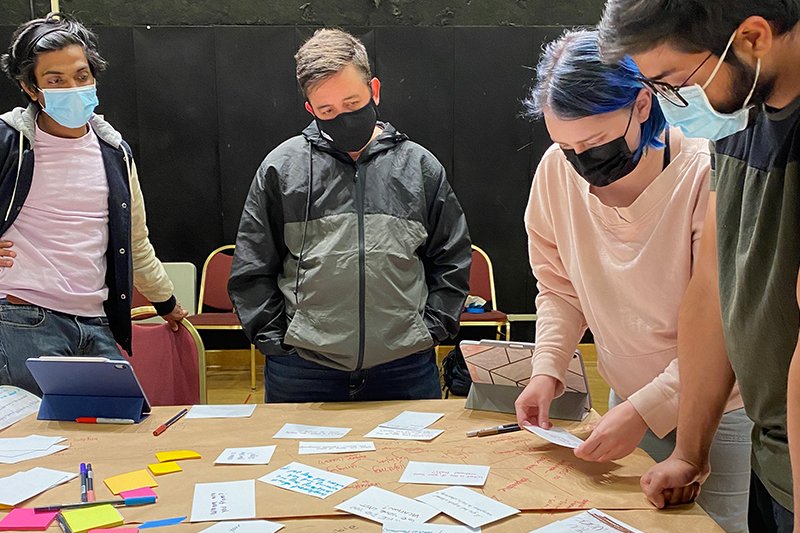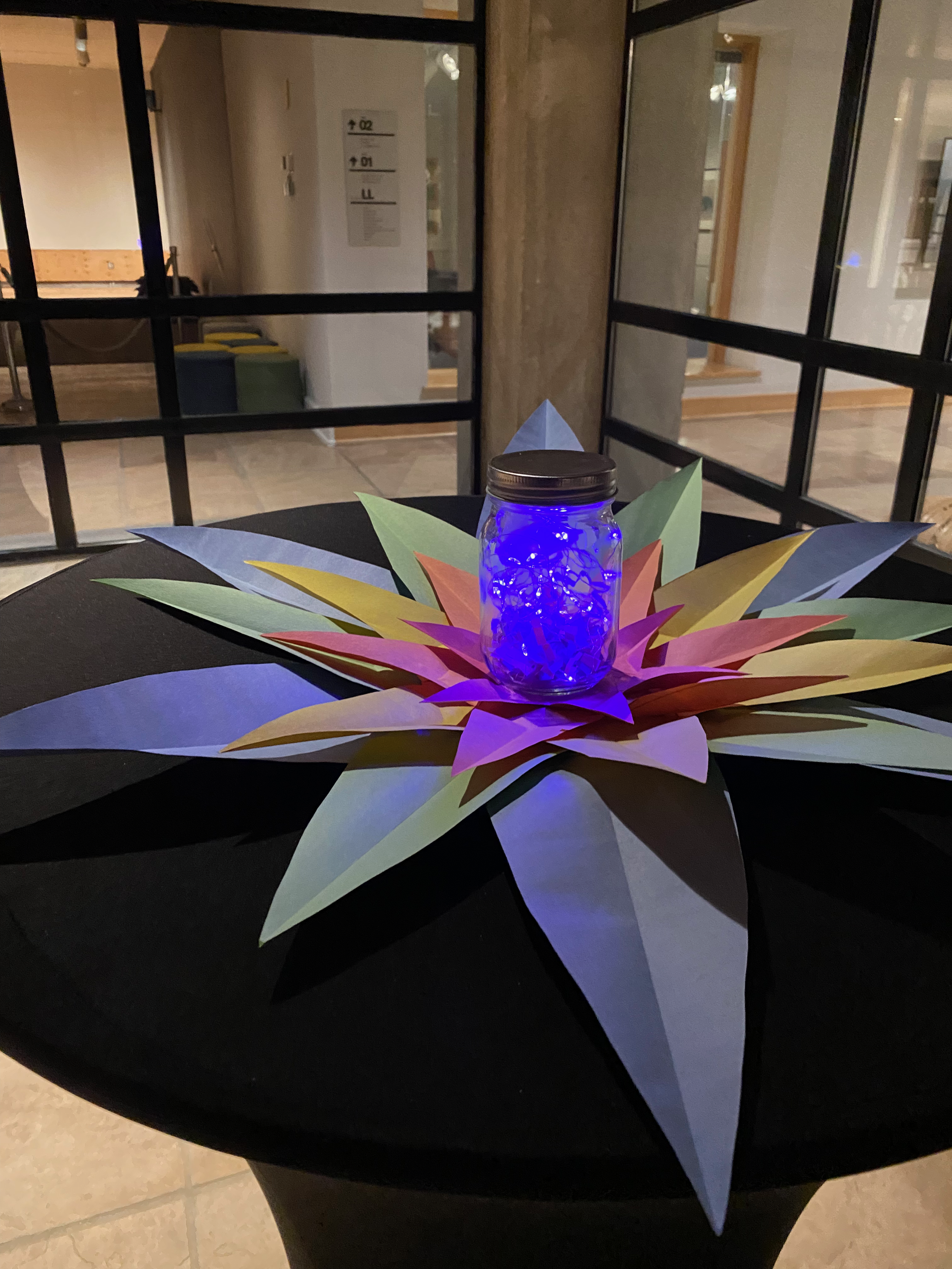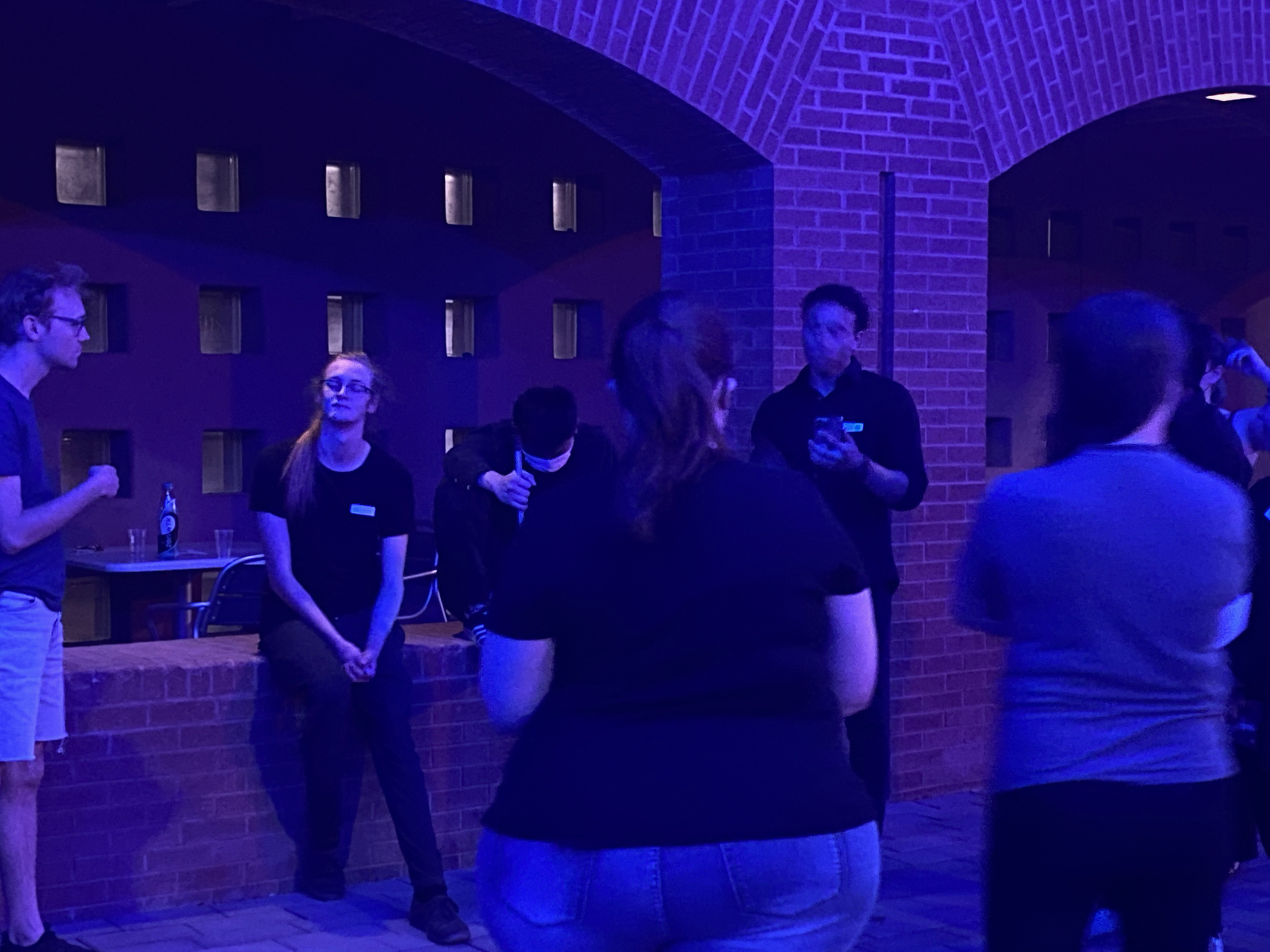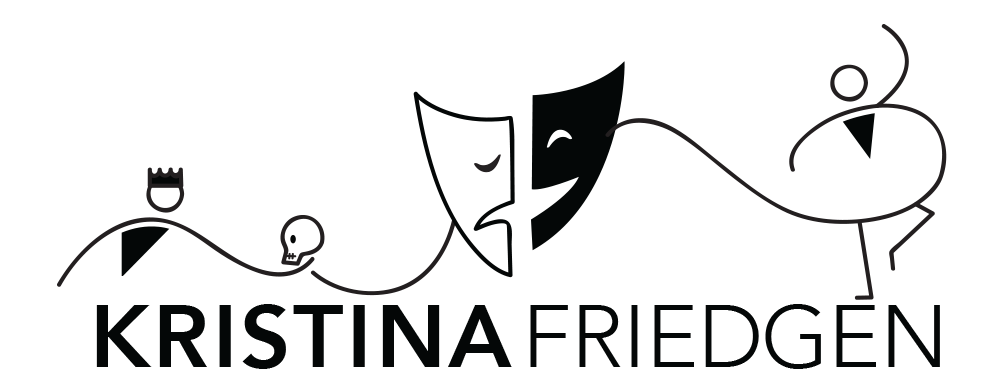
Creating a pleasurable space to celebrate Diversity, Equity, and Inclusion, while practicing skills necessary to promote equity and justice, such as pluralistic dialogue, vulnerable communication, upstanding actions, and community organization.
Proof of Concept Development
The guiding idea of Speak|Easy stems from adrienne maree brown’s belief that “to really transform our society, we will need to make justice one of the most pleasurable experiences we can have.” This immersive, interactive performance seeks to create a space for players to practice navigating difficult conversations on diversity, equity, inclusion, and justice topics while also coaching them through actions to disrupt microaggressions.

Collaborators
-
Vocalist
Ari’s life is oriented around social justice and equity. I center advocating for social justice in paid and unpaid labor, music/art, performance, scholarship, and relationships. They are pursuing their Master of Music in Voice Performance and Pedagogy in the School of Music, Dance and Theatre at ASU.
-
Performer
-
Industrial Designer
When it comes to DEI Nilay has always been on the receiving end - being pushed out of groups, bullied, workplace discrimination, and ethnic discrimination. Through this project, Nilay wants to make sure that others do not go through similar alienating experiences.
-
Performer
-
Designer
As a Latino, Raf has witnessed first-hand the cruelty and injustice immigrants face in America and works to educate himself and fight against racism. Through Speak|Easy, Raf aims to bring to light the cruelty that is left hidden and disguised in our justice system and class structures in order to improve the lives of marginalized groups in US America.
The Artists Collective
Speak|Easy was developed in collaboration with a collective of artists diverse both in terms of identity and artistic practice. These nine designers, musicians, and performers worked for two months on developing the interactive and visual components of Speak|Easy’s proof-of-concept performance.
-
PianistMaddie’s artistic and professional goal is to help dismantle the systemic issues that exclude groups of people from finding fulfillment and visibility in the arts and media. They are a recent graduate of ASU’s Ethnomusicology Master’s program.
-
Assistant Director
-
Director, Performer
Justice, diversity, equity, and inclusion drive much of Kristina’s work in theatre and pedagogy. Through theatre, she explores opportunities for play between artists and audiences as a means of building connection and coalition towards community-desired change.

Playtesting Speak|Easy
-

Playtesting Conversations
We developed the “Tapas of Talk” conversations first. These consisted of originally four menu options of conversational starters, beginning with a benign, quotidian question such as “How was your day?” and scaffolding up to questions that invite the participants to delve into more delightfully difficult topics.
We then tested these questions with an audience. This initial playtest affirmed the scaffolding of the questions as successful in building camaraderie between strangers. The length of the conversations as well as some confusion about the motivation to stay on topic presented some initial challenges.
-

Playtesting Character Conflict
In the second phase of development, the performers worked on building out the interpersonal relationships of the characters to create an unjust situation that we could coach the audience-players into disrupting.
We elected to focus the central conflict on a labor injustice in which Kathy, the manager, enacts micro and macro aggressions against the waitstaff, in particular, one waiter named Charlie. Throughout the course of the experience, the waitstaff, led by the assistant manager Valerie, attempts to recruit audience-players to stand with them during a walkout which happens at the end of ther performance.
-

Playtesting Game Structure
Throughout the final phase of development, we experimented with the game structure of the performance. The aim was to reward players’ perseverance with added comfort.
Upon entry, players were welcomed with a glass of water, but not permitted to get a mocktail until they had completed a riddle or trivia question via text message. After getting a drink players were welcomed by a waiter onto their team and given the option to enter into conversations with strangers either by bringing a friend along to play Bingo or going on a solo mission to collect 4 beans that would buy off the manager and get them a table in the VIP section.
Director’s Concept
Kristina’s conceptual rendering for designers.
As a Theatre of Radical Compassion production, Speak|Easy was influenced by adrienne maree brown’s Emergent Strategy. The designers and directors wanted to juxtapose the concrete atmosphere of the space with more nature elements as a visual metaphor for oppressive, human-made systems that can be disrupted by encouraging nature and evolutions to push through the cracks and retake space.
Nilay’s renderings for the industrial decor.
Production Design
Designer’s Rendering
Raf’s design rendering for the decor.
The final design for the table decor
The Acacia tree sculpture adorning the entrance to the speakeasy.
Development Materials

Performing Speak|Easy
Capturing a Vibe
One of this proof-of-concept production’s goals was to create a place for the piece that invoked pleasure and would put players at ease in terms of how to initially operate within the space. Entering the magic circle under circumstances that promoted autonomous movement encouraged audiences to playfully engage with performers and game mechanics in order to obtain further comfort from the surroundings and level up in the game.



































